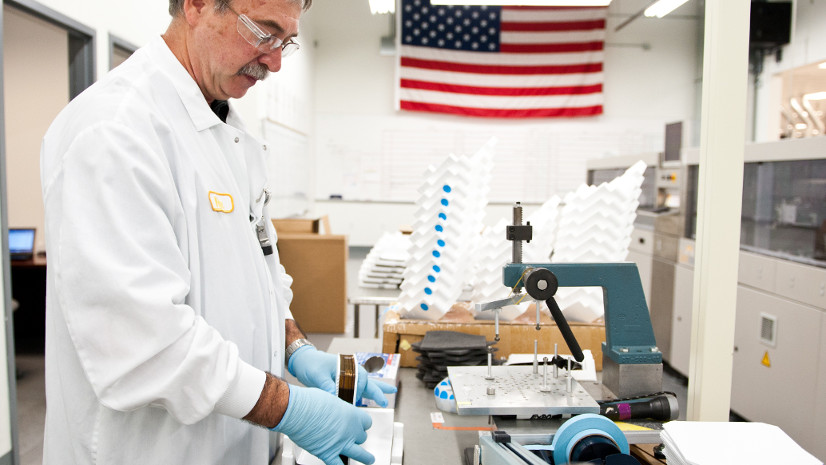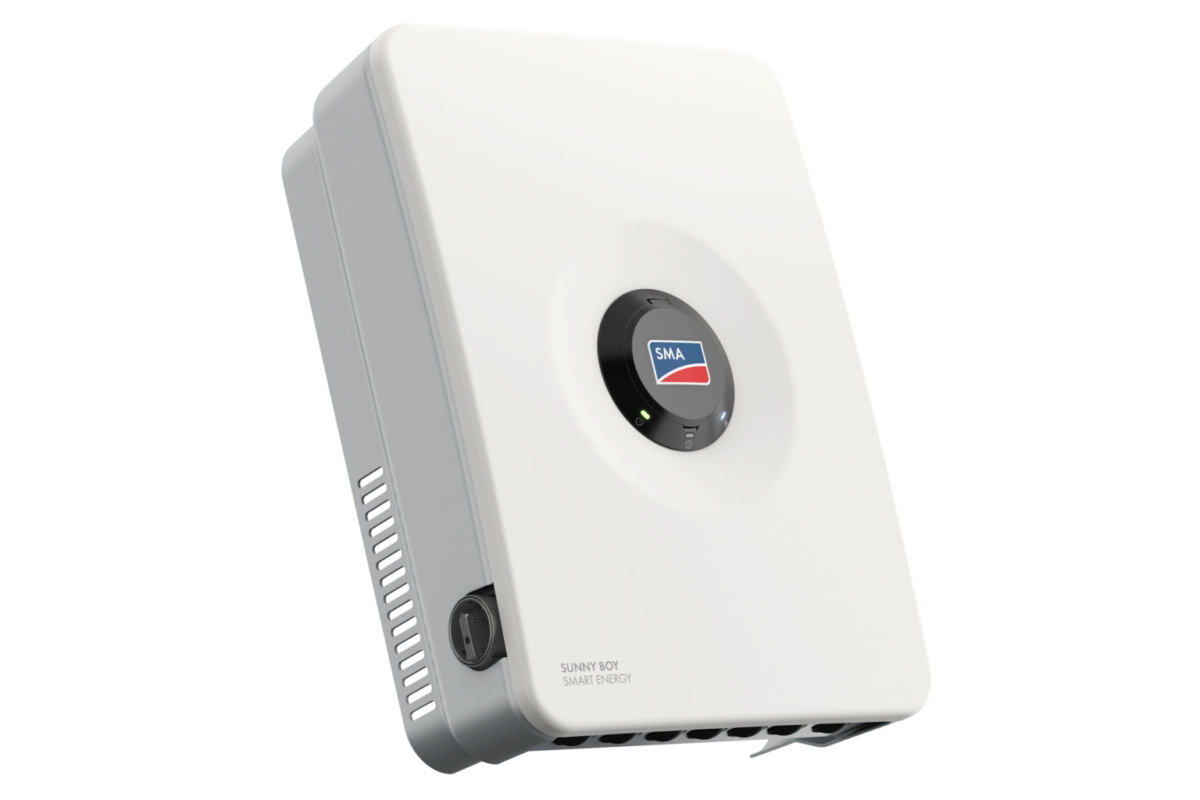After the indiscriminate bombing of the Vietnamese city of Ben Tre in 1968, one U.S. Army office is famously supposed to have told Associated Press correspondent Peter Arnett that it had become necessary to destroy the village in order to save it.
Could Suniva and SolarWorld be pursuing their Section 201 trade complaint under the same muddled logic?
For the second time in little more than a month, a report has surfaced – this time by GTM Research – that suggests a successful execution of Suniva’s petition to protect it from foreign competition under Sections 201 and 202 of the Trade Act of 1974 could produce a 50% to 66% reduction in the U.S. solar market, with the utility-scale pipeline taking the most significant hit initially.

GTM Research suggests one of two outcomes depending on how the U.S. International Trade Commission (ITC) and President Donald J. Trump’s administration decide to handle the complaint:
- If Suniva’s suggested remedy of a $0.78/Wdc minimum crystalline silicon PV module price is accepted, U.S. solar demand would be reduced by 50% cumulatively over the next five years.
- If the minimum price is added to Suniva’s proposed $0.40/Wdc tariff on imported crystalline PV cells, U.S. demand would be reduced by 66% cumulatively over the next five years.
The GTM authors write, however, that if new tariffs are imposed:
… a larger number of state markets for utility PV than for distributed PV are at risk of seeing deployment erased altogether under either tariff scenario.
It should also be noted that one of the parties to this complaint, SolarWorld, also filed trade complaints of its own in 2011 that set off a firestorm of criticism and condemnation from well-known industry observers who predicted dire consequences for the industry – consequences that clearly did not materialize, given the industry’s continued explosive growth during that period. The complaints have been filed with different trade organizations that operate with different criteria, however, so a direct correlation between the two situations can’t be drawn.
The GTM report is the second in little over a month that outlines the potentially devastating effects of Suniva’s trade complaint (later joined by SolarWorld) on the industry. In May, IHS Markit predicted a potential 60% reduction in the U.S. solar industry by 2020 if Suniva’s complaint is successful.
This content is protected by copyright and may not be reused. If you want to cooperate with us and would like to reuse some of our content, please contact: editors@pv-magazine.com.



2 comments
By submitting this form you agree to pv magazine using your data for the purposes of publishing your comment.
Your personal data will only be disclosed or otherwise transmitted to third parties for the purposes of spam filtering or if this is necessary for technical maintenance of the website. Any other transfer to third parties will not take place unless this is justified on the basis of applicable data protection regulations or if pv magazine is legally obliged to do so.
You may revoke this consent at any time with effect for the future, in which case your personal data will be deleted immediately. Otherwise, your data will be deleted if pv magazine has processed your request or the purpose of data storage is fulfilled.
Further information on data privacy can be found in our Data Protection Policy.